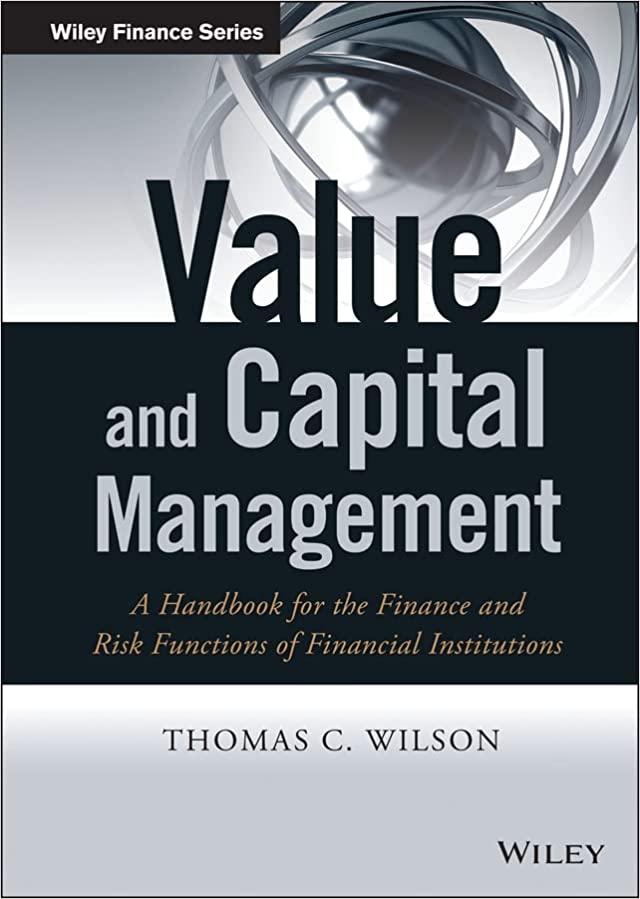Question
SECTION A: MINI CASE Answer ALL questions BioCom was founded in 1993, when several scientists and engineers at a large fiber-optic-cable company began to see
| SECTION A: MINI CASE |
| Answer ALL questions |
BioCom was founded in 1993, when several scientists and engineers at a large fiber-optic-cable company began to see that optical fiber for the telecommunications industry was becoming a cheap commodity. They decided to start their own firm, which would specialize in cutting-edge applications for research in the life sciences and medical instruments. BioCom is now one of the leading firms in its niche field. BioComs management attributes the firms success to its ability to stay one step ahead of the markets fast changing technological needs. Almost as important is BioComs ability to select high-value-added projects and avoid commercial disasters. BioComs standard capital request form includes a narrative description of the project and the customer need that the company must fulfill. If the request originates with R&D, it then goes to the marketing department for a preliminary sales forecast and then to the production manager and cost analysts for cost estimates. If a proposal shows promise after these steps, it goes to the CFO, who has a staff member enter the data into a spreadsheet template. The template computes payback, discounted payback, net present value, internal rate of return, and modified internal rate of return. BioCom uses net present value as its primary decision criterion, but company executives believe that the other statistics provide some useful additional perspectives.
To explain BioComs capital budgeting techniques, Jane has decided to present the cash flows from two recent proposals: the nano test tube project and the microsurgery kit project. All figures are in thousands of dollars:
| Cash Flow | Nano Test Tubes | Microsurgery Kits |
| Investment | -RM11,000 | -RM11,000 |
| Cash flow year 1 | 2,000 | 4,000 |
| Cash flow year 2 | 3,000 | 4,000 |
| Cash flow year 3 | 4,000 | 4,000 |
| Cash flow year 4 | 5,000 | 4,000 |
| Cash flow year 5 | 7,000 | 4,000 |
QUESTION
1. Compute the discounted payback period for each project using a discount rate of 10%.
a. Explain the rationale behind the discounted payback method.
b. Comment on the advantages and shortcomings of this method.
QUESTION
2. Compute the net present value (NPV) for each project.
BioCom uses a discount rate of 9% for projects of average risk.
a. Explain the rationale behind the NPV method.
b. State and explain the decision rule for the NPV method.
c. Explain how the company would use the NPV method to rank mutually exclusive projects.
d. Comment on the advantages and shortcomings of this method.
QUESTION
3. Compute the modified internal rate of return (MIRR) for each project.
a. Explain the rationale behind the MIRR method.
b. State and explain the decision rule for the MIRR method. Assume a hurdle rate of 9%.
c. Explain how the company would use the MIRR method to rank mutually exclusive projects.
d. Explain how this method corrects for some of the problems inherent in the IRR method.
QUESTION
4. Explain to the R&D staff why BioCom uses the NPV method as its primary project selection criterion.
QUESTION 1
Critically evaluate what is the relation between risk and return for large portfolios? How are individual shares different?
QUESTION 2
Justify why does a firms capital have a cost?
Step by Step Solution
There are 3 Steps involved in it
Step: 1

Get Instant Access to Expert-Tailored Solutions
See step-by-step solutions with expert insights and AI powered tools for academic success
Step: 2

Step: 3

Ace Your Homework with AI
Get the answers you need in no time with our AI-driven, step-by-step assistance
Get Started


